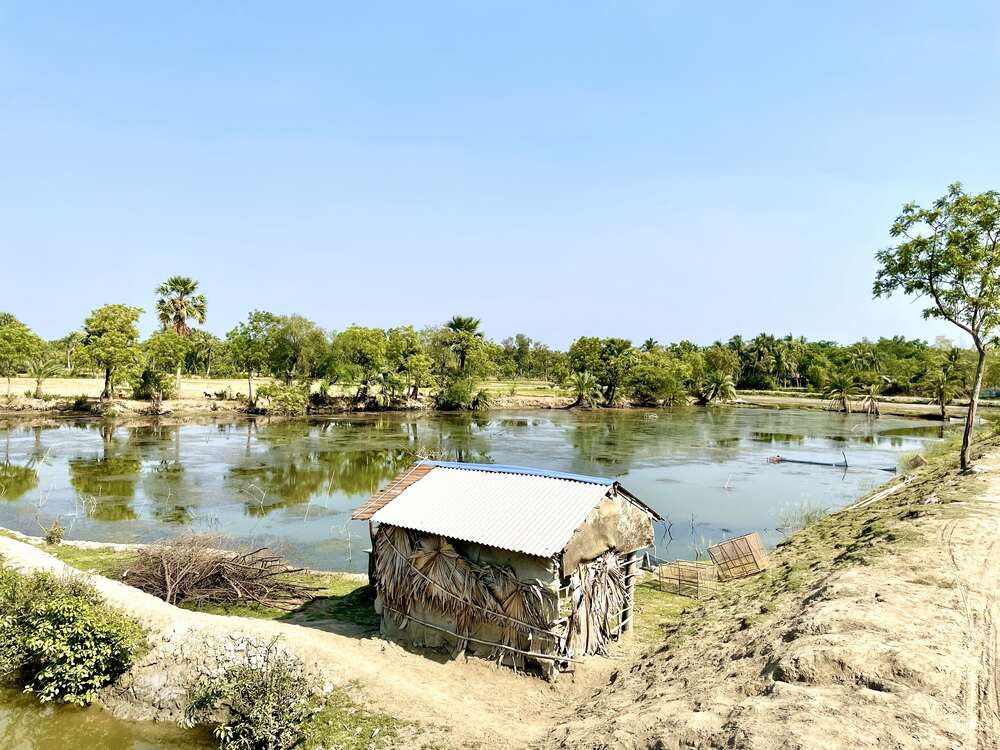What is Polyculture?
Polyculture refers to the practice of cultivating multiple species simultaneously on the same plot of land or in the same water body. This farming technique mimics the biodiversity seen in natural ecosystems. In the aquaculture industry, polyculture involves raising two or more species of fish together, which can result in improved efficiency and sustainability.
The Potential of Shrimp Polyculture
In Bangladesh, shrimp-fish polyculture presents a promising opportunity for economic growth in the aquaculture sector. Coastal shrimp farmers have widely adopted shrimp polyculture technology, and this method has proven to be effective in mitigating environmental issues and reducing disease outbreaks in shrimp farming. It offers the potential for sustainable growth in prawn farming, which is crucial for Bangladesh’s economy.
The coastal regions of Bangladesh are home to extensive shrimp and prawn farming, primarily in “ghers.” These are elevated dykes on low-lying rice fields designed for the seasonal cultivation of fish, shrimp, and prawns. In this farming technique, shrimp or prawn fry are introduced into waterlogged fields, and it typically takes three to six months for the prawns to mature and reach commercial size.
Shrimp-fish polyculture can boost productivity without harming the environment. It enhances nutrient conversion rates, increases biomass production, and improves water quality. Additionally, it helps establish a dynamic bacterial community structure that is beneficial for aquaculture species.
Challenges in Shrimp Farming
While shrimp farming holds great promise, unplanned practices can harm the environment and agriculture in coastal regions. High levels of soil salinity, due to the addition of saltwater, can degrade soil quality, negatively impacting local vegetation, crops, and even human health. In these low-salinity areas, shrimp polyculture with other species can alleviate some of these issues by absorbing waste and minimizing the impact of discharged effluent.
Moreover, low-salinity polyculture reduces the likelihood of diseases caused by parasites like Ich (Cryptocaryon irritans), external nematodes, and other protozoa that thrive in higher salinity levels. However, this method can also introduce new parasites and diseases, so careful management is required.
The Future of Shrimp Polyculture
Shrimp-fish polyculture is a promising strategy for the long-term growth of prawn aquaculture. By enhancing nutrient conversion and improving water quality, it can lead to higher yields and healthier ecosystems. Additionally, this approach helps prevent disease outbreaks and minimizes the environmental impact of traditional shrimp farming. As a result, shrimp-fish polyculture not only enhances sustainability but also improves public perception of the aquaculture industry.
